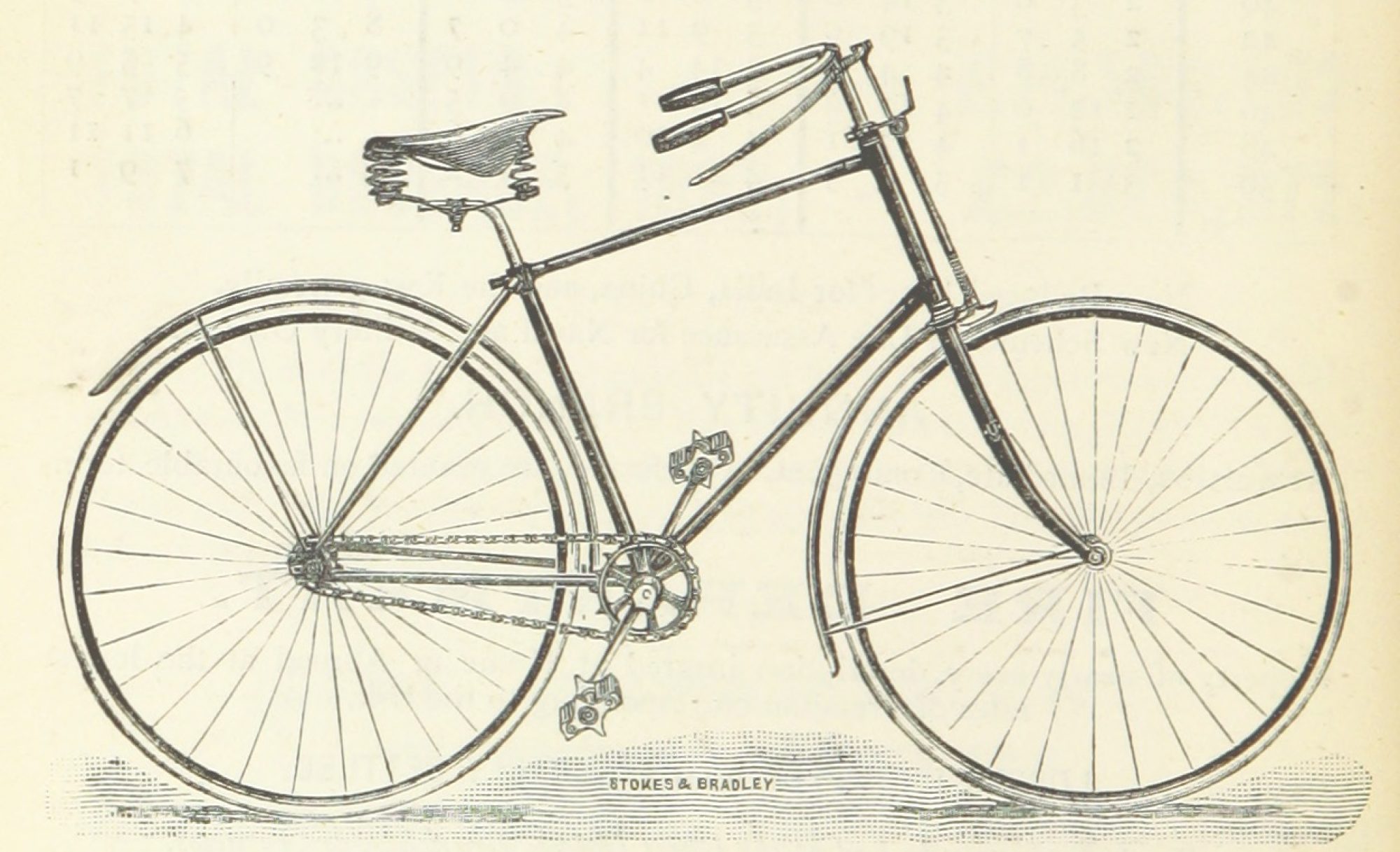
by Samantha Pickering
Book banning is a growing issue in the United States, as narrow-minded people attempt to exclude certain titles from library shelves, an assault on which communities and stories are allowed to exist in public. This movement has …


